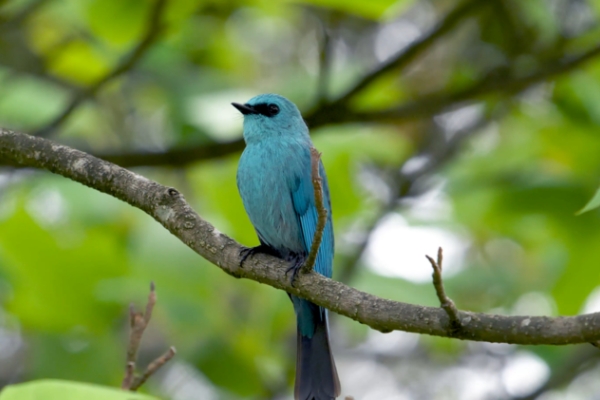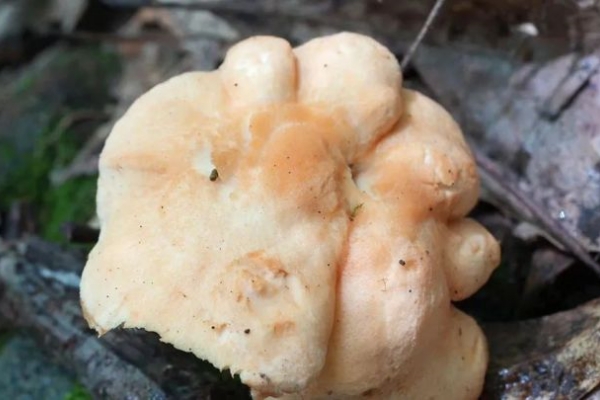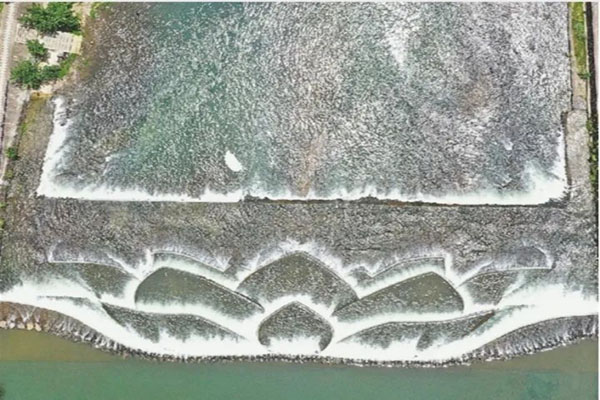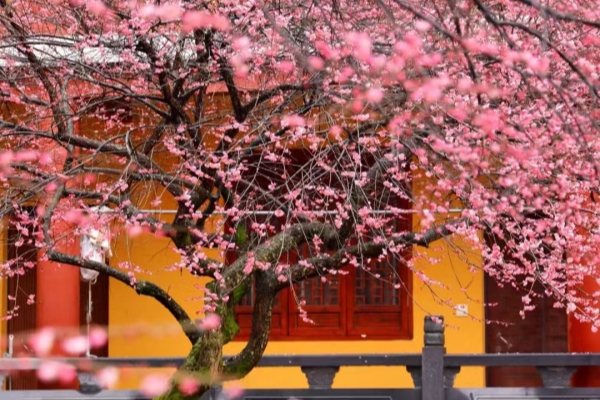Village a remarkable tale of lows and highs of diaspora

The gate of the Wu Qiankui mansion built in 1930 in Qingtian, is adorned with three globes Wu brought back from Mauritius. [YANG RAN/CHINA DAILY]
Longxian village lies in the rolling hills of Fangshan township, Qingtian county, in Zhejiang province. It has many descriptions, including the "village of agricultural heritage", the "United Nations' village", and the "village of exhibitions".
It earned the name the "village of agricultural heritage" in 2005 when the UN Food and Agriculture Organization recognized Longxian's ancient rice-fish culture system as the first Globally Important Agricultural Heritage System in China.
Yet, Longxian's global footprint extends far beyond agriculture. "Over a century ago, many of the overseas Chinese from Qingtian hailed from here," said Xu Xiaowei, a 34-year-old village official who has worked in Longxian for three years.
One of Qingtian's earliest overseas Chinese, Wu Qiankui, is from Longxian. According to Xu, Wu ventured to Belgium in 1905 to participate in an exposition there and won awards that helped open international markets for Qingtian's soapstone carving crafts. After his success in Europe, Wu went to the United States, where he dominated the soapstone carving trade in the 1920s.
"After Wu Qiankui made his fortune, he shipped materials from the US to build the famed 'American building' in the village," Xu said.
"Completed in 1930, the three-story main building is known as the first mansion of Qingtian, with a total area of 1,370 square meters. The gatehouse is even adorned with globes Wu brought back from Mauritius," Xu added.
The tradition of seeking fortunes overseas, which began a century ago, continues to this day.
"The village has over 1,200 registered residents, but it has more than 1,500 overseas Chinese spread across 35 countries and regions. The reason why the number of its overseas Chinese exceeds that of its residents is because some of the second and third generations have not yet registered back home," said Xu.
The name "UN village" has its roots in this extensive diaspora. "Many overseas Chinese return to the village for Spring Festival. In some households, family members from over a dozen different countries gather for New Year's Eve dinner, sitting around a round table much like a UN conference," Xu said.
With a majority of villagers working abroad, Longxian gradually emptied with just over 100 residents, mostly elderly people, which led to its decline.
Wu Liqun, 60, witnessed this firsthand when he returned in 2017. "When I came back, the environment was terrible, with chickens and ducks roaming freely and their droppings everywhere, making it hard to walk," Wu recalled.
"After returning, I started picking up trash daily, earning the nickname 'garbage village chief'. From being the worst in terms of cleanliness in Qingtian county, Longxian has ranked first for three consecutive years," he said proudly.
When he first got back, he discovered that the village's rice-fish system was underutilized, with locals struggling to sell their products. "We organized the villagers to package their rice and fish together and tried to boost the market, and now demand outstrips supply annually," Wu said.
His advocacy for building museums is one of his strategies to develop tourism. "The first thing I did upon returning was to create a currency museum, collecting money from over 110 countries brought back by villagers." With 14 exhibition halls telling Longxian's story — from its agricultural roots to its global connectionsit can be called the village of exhibitions, Wu said, adding this is an impressive achievement for a village.

 Lishui establishes intelligent biodiversity monitoring system
Lishui establishes intelligent biodiversity monitoring system New fungus species discovered in Qingyuan
New fungus species discovered in Qingyuan Lishui transforms weirs to aid fish migration
Lishui transforms weirs to aid fish migration